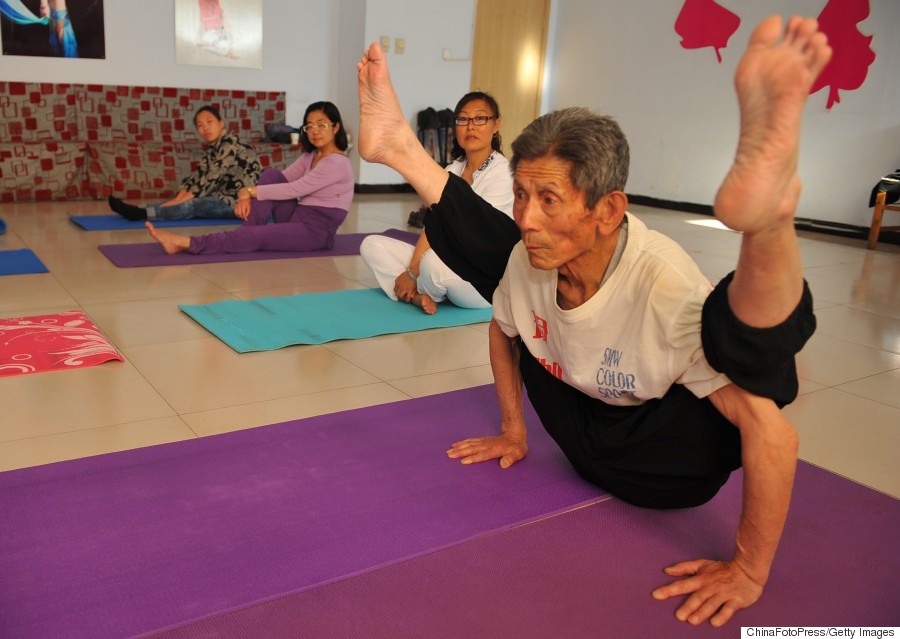
If you want to learn more about the Ashtanga yoga body, you've come to the right place. We have compiled a list to help you find the perfect yoga body. These are the three most important aspects of a great yoga practice:
ashtanga yoga mind
Ashtanga yoga is a sequence or series of postures. These are called the asanas. The physical exercises improve flexibility, strength, endurance, and mental clarity. Ashtanga yoga aids in clarity and focus. The sequence builds core muscle strength. No matter your fitness level, Ashtanga yoga can be practiced six days per week.
Ashtanga's 8limbs are made up of a series movements or asanas. Each posture is designed to increase mental clarity, purify your internal organs and promote total freedom. The basic series comprises ten postures, known as asanas. Advanced A Series can be learned by more advanced students. It is believed to be one of the most powerful forms of yoga.
Ashtanga yoga strengthens both the mental as well as emotional side of a person’s life. It helps people overcome emotions and create a balanced outlook. Through constant awareness of breath movement and breath, it helps to improve coordination between body and mind. Ashtanga is good for mental well-being and helps to reduce stress and anxiety. It improves flexibility, strength, and flexibility. Among its many benefits, Ashtanga yoga helps people manage sensitive issues.

Ashtanga yoga practices can help students achieve mental balance. It is a full workout that includes three aspects of yoga: vinyasa or breath-linked movement, bandhas or energy locks, and drishti. The perfect balance of mind-body and spirit is created by the combination of these three elements.
Students are required to learn six series in order to practice ashtanga. The Sun Salutations (also called surya namaskaras), and five variations thereof, make up the first series. The Sun Salutations, which are repeated five time, make up the primary series. While the intermediate series starts at the Sun Salutations B, it is only one of the two. All six series contain the Sun Salutations sequence. It is repeated three to five more times. Next is the standing sequence. All six series are taught under the supervision of a personal instructor. Although asanas can be difficult, they are often accompanied by a relaxing soundtrack.
Ashtanga Yoga first appeared in the early 1900s. The main teacher Sri K. Pattabhi Jois passed on his knowledge to Sri K. Pattabhi Jois. The teachings of ashtanga yoga were originally recorded in the Yoga Korunta by Vamana Rishi. Today, the Ashtanga Yoga Institute is located in Mysore (India) and continues to practice this ancient practice.
Ashtanga can be described as a dynamic, six-position practice. It is extremely organized and follows a consistent sequence. After just one class, students will know what they can expect. Some studios do not provide guidance. This can make the practice of ashtanga yoga difficult for beginners. However, with some practice you can reap the benefits of ashtanga yoga's improved flexibility, physical strength and mental clarity.
Ashtanga yoga body and mind exercises focus not only on physical strength, but also the ability to breathe. The asanas are linked to one another and help build mental stability. The dristi (or gazing point) helps focus and improves concentration. A simple, effective technique for purifying the mind is the use of bandhas, which are exercises for the hands and feet. They are able to direct and seal energy throughout your body.

The Primary Series is Ashtanga Yoga’s main series of yoga poses. These postures, which are the most crucial in the practice, can be taught with traditional vinyasa. This helps to maintain the flow of the practice, and the practitioner can focus on their inner world. In addition to strengthening the body, Ashtanga yoga helps the practitioner learn to breathe deep and longer. This basic series of Ashtanga yoga classes is not for beginners. However, those with experience in the style are encouraged to try it.
Ashtanga classes take place in the early morning, just before the start of a workday. This allows yogis to have a routine for their morning. However, practicing in the morning can make it difficult to stick to a routine. Those with busy schedules, like those of those in the "Mysore" style of practice, will have to practice a morning routine. To avoid crowding out less healthy habits, it is a good idea to choose a time when you can practice yoga.
FAQ
What affects my mental health on my relationships and friendships?
Your mental health can have a profound impact on your daily life. It affects your ability function properly at school, work, and home. A mental illness can make it difficult for you to have meaningful relationships.
You may feel isolated when you have a mental condition. Because you feel that no one understands, you may avoid social situations.
It's important to remember, however, that people want to be with you. They just need to learn how to approach and approach you.
So, if you're having trouble connecting with others, try talking to them about your feelings. Ask for their guidance and tell them how you feel.
What is Positive Psychology, and Why is It Important?
Positive psychology looks at what makes us feel better. Positive psychology seeks to make individuals happier, healthier and more intelligent through self-improvement.
There are two types of positive psychology: trait positive psychology and process positive psychology. Trait positiv psychology examines the way people naturally behave. Process positive psychology studies how we can use certain strategies to achieve specific goals.
What can I do to improve my mental health and well-being?
Everyone needs mental health, especially when we feel stressed at work, school, home, or family. You can improve your mental health by exercising regularly, eating healthy foods, sleeping well, and spending quality time with family members. Exercise makes us feel happier and releases endorphins. Eating healthy foods also helps our bodies function properly. Good sleep gives us energy all day. Finally, quality time spent with loved ones enhances our relationships as well as reduces stress.
How does mental illness affect our daily lives and daily activities?
Everybody experiences mental illness at some time in their lives. Mental illness is not something that people who are suffering from it don't seek treatment. Talk to someone if you feel something is not right. There are many treatments for depression, anxiety and stress.
What causes mental health problems in adolescents
Adolescence marks a period in which we begin to develop our identities. As individuals, we start to understand who we are and where we fit in the society.
It is also a time where we can make new friendships as well as romantic relationships. These experiences can be stressful.
Normal stress is normal. However, if you feel stressed beyond your usual levels, you should seek professional help.
You might think you can handle things independently, but sometimes, you need someone else to talk to.
During times when you are stressed, your friends and family can help. They can also help you learn ways to deal with stress.
You could try meditation or exercise. Both of these activities can help you reduce stress.
Additionally, you might consider joining a club such as a team sports or church. You'll meet new people, make new friends.
Is it possible for me to be depressed?
Teens are often affected by depression. It is important to recognize that depression affects many teens.
This doesn’t mean you’re insane or weak. Many people are unaware that they are suffering from depression. Depression is a medical condition.
There are many kinds of depression. Some people experience only sadness. Other people may experience other emotions as well. There are different levels of severity.
Some people are mildly depressed while others experience severe depression. Depression is not always bad. Sometimes, depression can be helpful in coping with stressful situations.
If you are constantly feeling sad, tired, or demotivated, it's a good idea for you to visit a doctor. Your doctor will diagnose you and recommend treatment.
Statistics
- According to the National Alliance of Mental Illness (NAMI), one in five Americans experiences mental health issues which translates to more than 40 million adults a year. (doctorondemand.com)
- More than 40 million adults in the United States have an anxiety disorder, but less than 37% of people seek mental health treatment for their symptoms. (talkspace.com)
- Similarly, for positive mental health, there is likely to be substantial agreement about some typical components (e.g., resilience to stress) 6, and controversy about more atypical components (e.g., career consolidation). (ncbi.nlm.nih.gov)
- It means no drinking any alcoholic beverages and no taking any drugs that aren't 100% natural.
- More than 50% will be diagnosed with a mental illness or disorder at some point in their lifetime.3 (cdc.gov)
External Links
How To
How to Handle Stress
Stress is a natural part of our lives. But when we feel stressed, it's important to find ways to relax. Stress can affect every area of your life. It can cause physical problems such as headaches, neck pain, back pain, stomach aches, heartburn, diarrhea, constipation, insomnia, depression, anxiety, and muscle spasms. You may even develop ulcers if you're under chronic stress.
There are many ways to reduce stress. Exercise releases endorphins that make you happy, relaxed and calm. Meditation reduces stress levels by helping you slow down and take deep breaths. Yoga is another great way of reducing stress and improving overall health.
The most effective way to manage stress is to learn how to control it and eliminate it altogether. Ask someone who has experience to guide you.